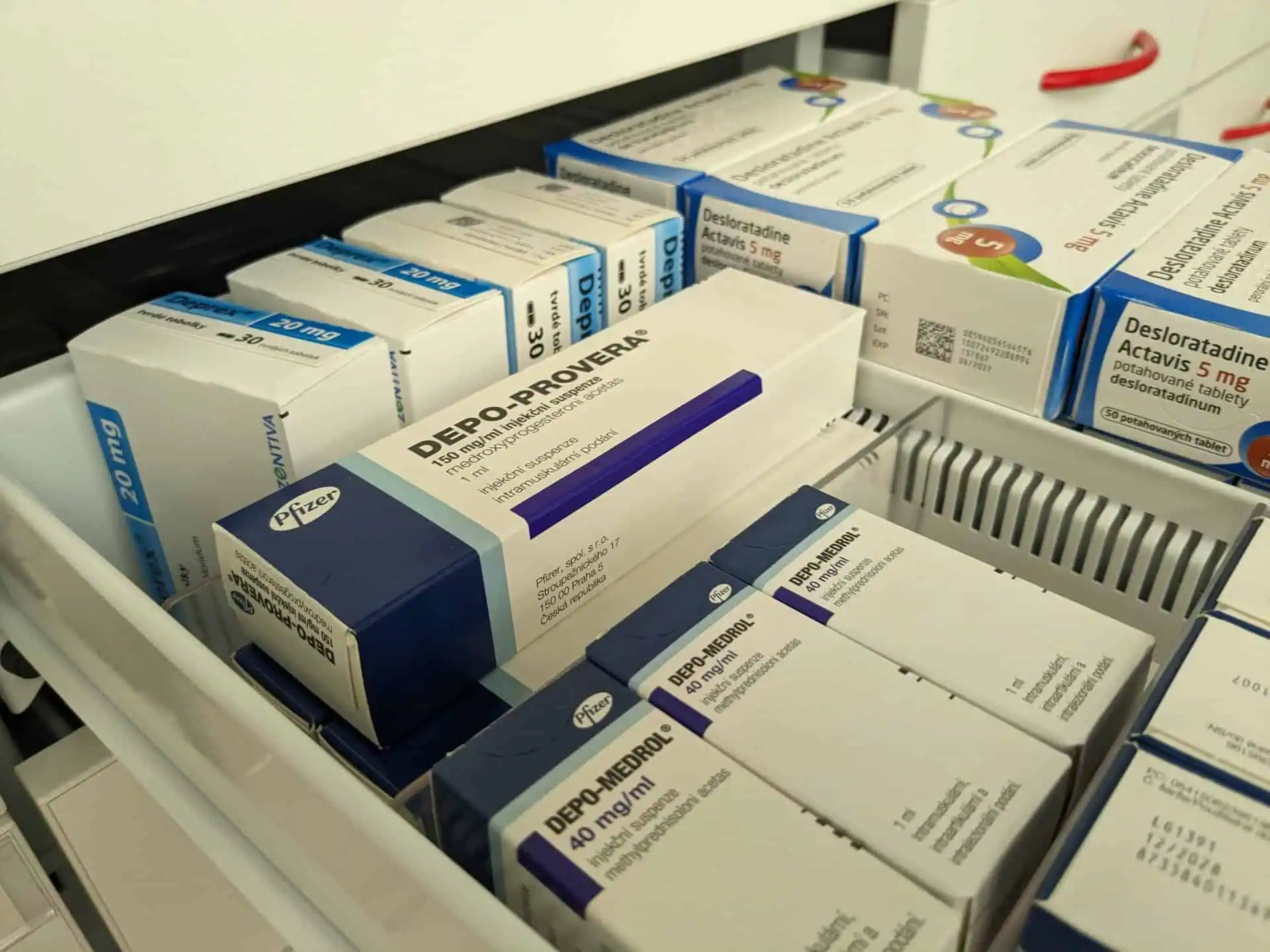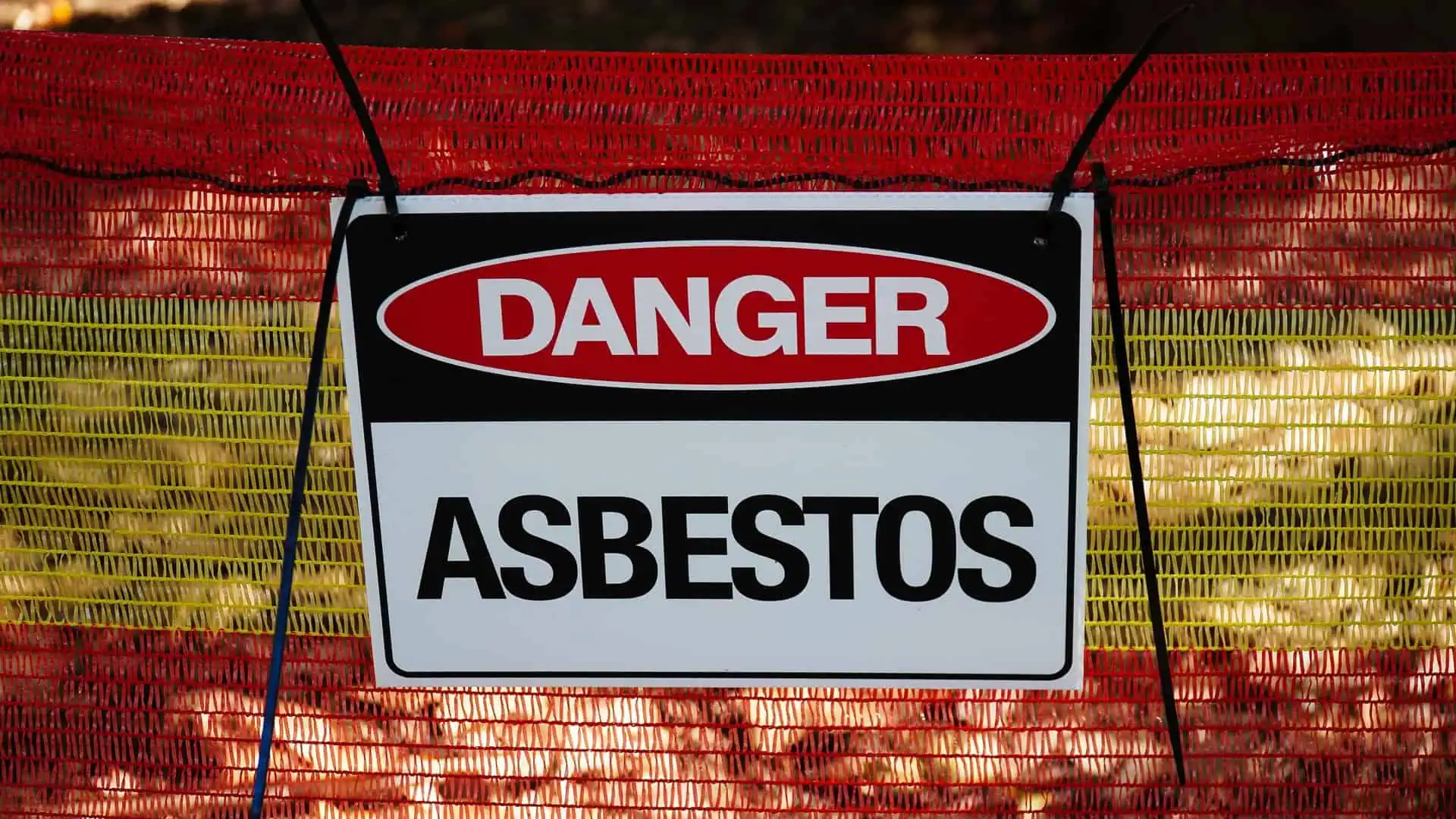Tribune Reveals Pharmacists’ Failure to Warn of Dangerous Drug Combinations
- Last Updated: August 10th, 2023

Attorney Jessica Paluch-Hoerman, founder of TruLaw, has over 28 years of experience as a personal injury and mass tort attorney, and previously worked as an international tax attorney at Deloitte. Jessie collaborates with attorneys nationwide — enabling her to share reliable, up-to-date legal information with our readers.
Legally Reviewed
This article has been written and reviewed for legal accuracy and clarity by the team of writers and legal experts at TruLaw and is as accurate as possible. This content should not be taken as legal advice from an attorney. If you would like to learn more about our owner and experienced injury lawyer, Jessie Paluch, you can do so here.
Fact-Checked
TruLaw does everything possible to make sure the information in this article is up to date and accurate. If you need specific legal advice about your case, contact us by using the chat on the bottom of this page. This article should not be taken as advice from an attorney.
Tribune Reveals Pharmacists’ Failure to Warn of Dangerous Drug Combinations
The Chicago Tribune reports that 52 percent of Chicago area pharmacies studied had dispensed dangerous drug combinations without warning consumers.
Most individuals will take multiple drug combinations at some point in their lives.
This study suggests that adding new drugs needs to be met with questions to your medical practitioner about how they interact before you get to the pharmacy.

The newspaper studied 255 pharmacies to see how often the establishments would dispense dangerous drug pairs without warning patients.
They found evidence of a potential industry-wide problem that places millions of consumers at risk.
The Tribune recorded a test as a fail if the store failed to warn the consumer about the drug interaction and made no effort to discuss it with the prescribing physician.
CVS demonstrated the largest failure rate by any pharmacy chain studied by The Tribune.
CVS dispensed medications with potential negative interactions with no warning 63 percent of the time.
Walgreens had the lowest failure rate at 30 percent.
However, Walgreens still missed nearly one in three potentially harmful drug interactions.
Independent pharmacies had the largest overall failure rate among all the stores surveyed at 72 percent. Chains overall failed the test 49 percent of the time.
Table of Contents
Problems in the Pharmacy Industry Widespread
The Tribune study revealed a number of dangerous flaws in the pharmacy industry, such as:
- Lack of compliance with safety laws
- The ineffectiveness of computer alert systems designed to flag drug interactions
- An emphasis on fast service over patient safety
In response to the study, CVS, Walgreens, and Wal-Mart each expressed their plans to take steps to improve patient safety at its stores nationwide, affecting an estimated 22,000 stores and the training of 123,000 pharmacists and technicians.
Dangerous Drug Combinations Major Problem
Dangerous drug combinations are the cause of hospitalization for thousands of people each year.
Pharmacists are the last line of defense, but doctors also have significant responsibility as the person who writes the prescription.
However, one doctor may or may not know what another doctor prescribed, and research has concluded that physicians’ knowledge about specific interactions is often inadequate.

Managing Attorney & Owner
With over 25 years of legal experience, Jessica Paluch-Hoerman is an Illinois lawyer, a CPA, and a mother of three. She spent the first decade of her career working as an international tax attorney at Deloitte.
In 2009, Jessie co-founded her own law firm with her husband – which has scaled to over 30 employees since its conception.
In 2016, Jessie founded TruLaw, which allows her to collaborate with attorneys and legal experts across the United States on a daily basis. This hypervaluable network of experts is what enables her to share the most reliable, accurate, and up-to-date legal information with our readers!
Here, at TruLaw, we’re committed to helping victims get the justice they deserve.
Alongside our partner law firms, we have successfully collected over $3 Billion in verdicts and settlements on behalf of injured individuals.
Would you like our help?
At TruLaw, we fiercely combat corporations that endanger individuals’ well-being. If you’ve suffered injuries and believe these well-funded entities should be held accountable, we’re here for you.
With TruLaw, you gain access to successful and seasoned lawyers who maximize your chances of success. Our lawyers invest in you—they do not receive a dime until your lawsuit reaches a successful resolution!
AFFF Lawsuit claims are being filed against manufacturers of aqueous film-forming foam (AFFF), commonly used in firefighting.
Claims allege that companies such as 3M, DuPont, and Tyco Fire Products failed to adequately warn users about the potential dangers of AFFF exposure — including increased risks of various cancers and diseases.
Depo Provera Lawsuit claims are being filed by individuals who allege they developed meningioma (a type of brain tumor) after receiving Depo-Provera birth control injections.
A 2024 study found that women using Depo-Provera for at least 1 year are five times more likely to develop meningioma brain tumors compared to those not using the drug.
Suboxone Tooth Decay Lawsuit claims are being filed against Indivior, the manufacturer of Suboxone, a medication used to treat opioid addiction.
Claims allege that Indivior failed to adequately warn users about the potential dangers of severe tooth decay and dental injuries associated with Suboxone’s sublingual film version.
Social Media Harm Lawsuits are being filed against social media companies for allegedly causing mental health issues in children and teens.
Claims allege that companies like Meta, Google, ByteDance, and Snap designed addictive platforms that led to anxiety, depression, and other mental health issues without adequately warning users or parents.
Transvaginal Mesh Lawsuits are being filed against manufacturers of transvaginal mesh products used to treat pelvic organ prolapse (POP) and stress urinary incontinence (SUI).
Claims allege that companies like Ethicon, C.R. Bard, and Boston Scientific failed to adequately warn about potential dangers — including erosion, pain, and infection.
Bair Hugger Warming Blanket Lawsuits involve claims against 3M — alleging their surgical warming blankets caused severe infections and complications (particularly in hip and knee replacement surgeries).
Plaintiffs claim 3M failed to warn about potential risks — despite knowing about increased risk of deep joint infections since 2011.
Baby Formula NEC Lawsuit claims are being filed against manufacturers of cow’s milk-based baby formula products.
Claims allege that companies like Abbott Laboratories (Similac) and Mead Johnson & Company (Enfamil) failed to warn about the increased risk of necrotizing enterocolitis (NEC) in premature infants.
Here, at TruLaw, we’re committed to helping victims get the justice they deserve.
Alongside our partner law firms, we have successfully collected over $3 Billion in verdicts and settlements on behalf of injured individuals.
Would you like our help?












